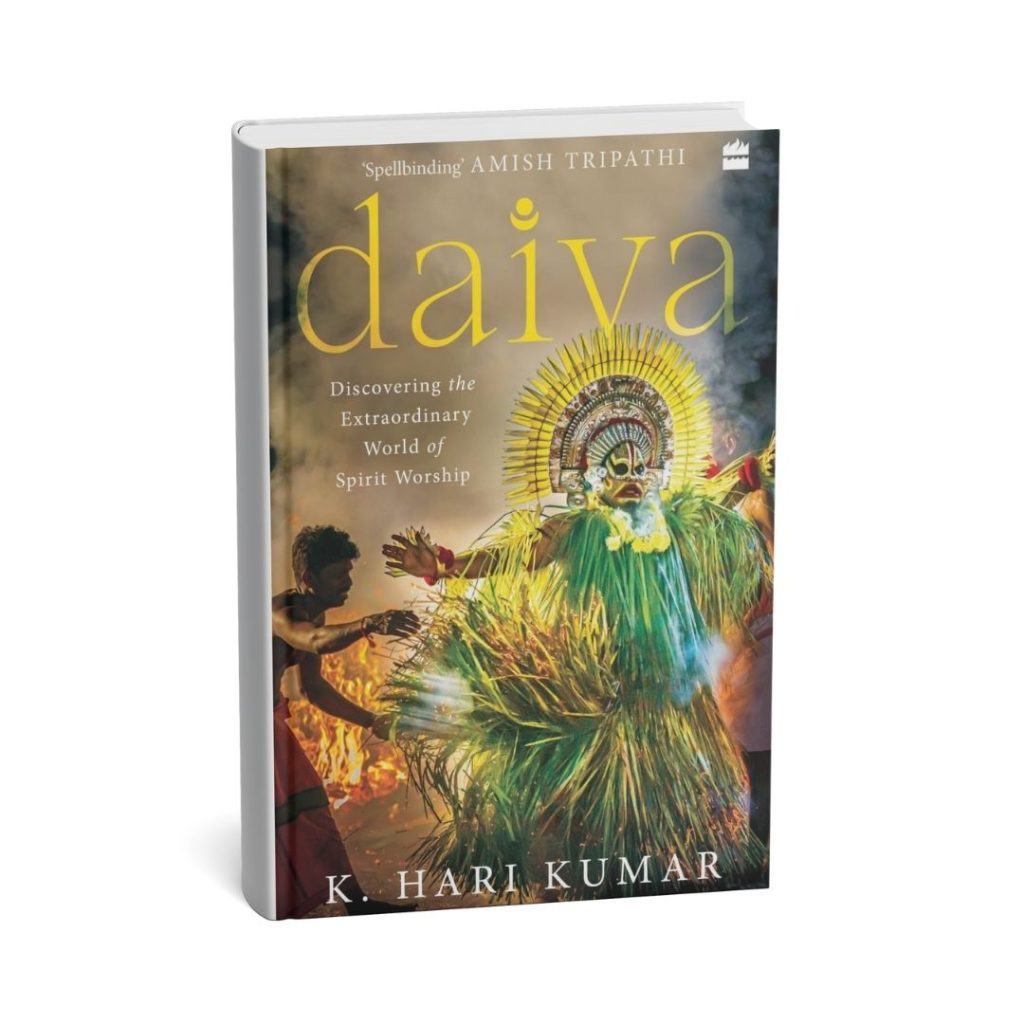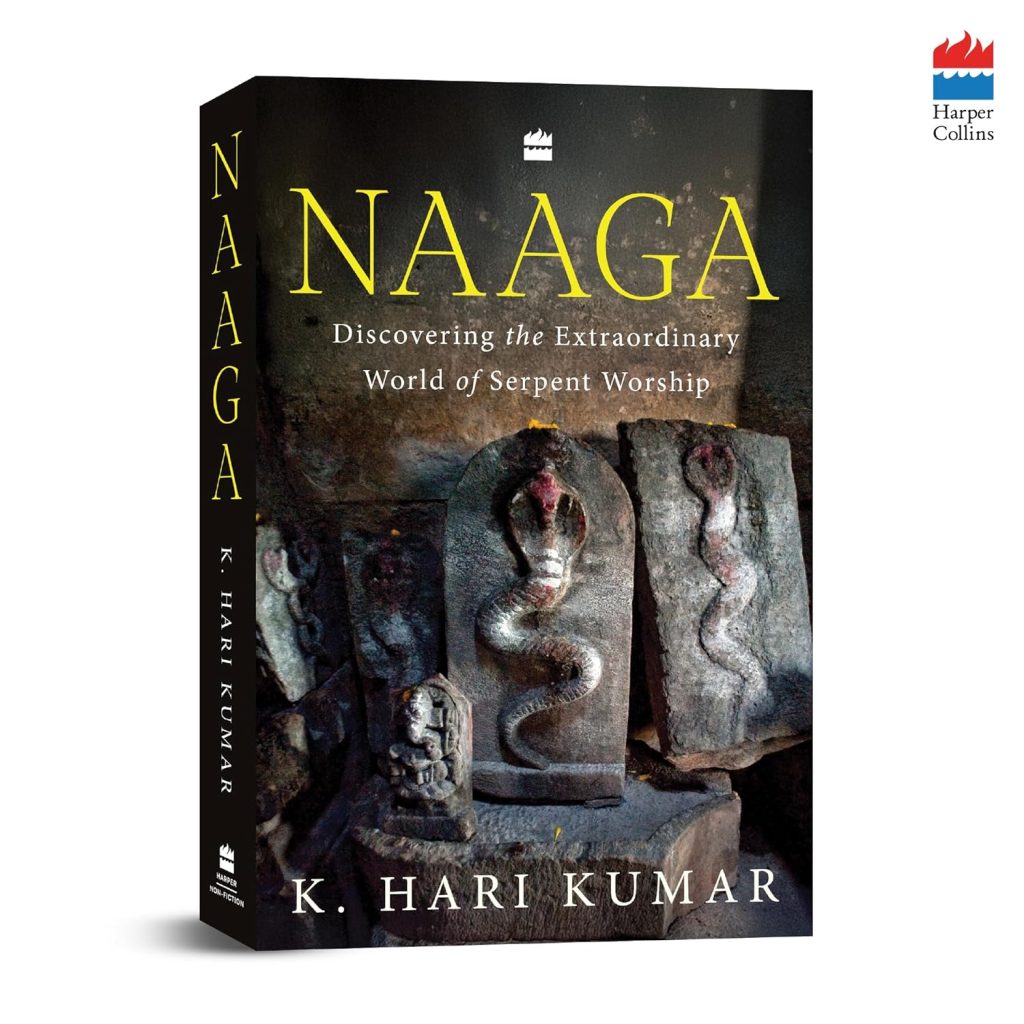Have you ever felt a strange presence in an old, quiet space? Or perhaps, wondered about those chilling tales of restless spirits of Indian folklore that simply refuse to move on after death? This profound mystery has captivated, and at times, even frightened humanity for centuries. Why do we, across cultures and continents, believe in these unseen entities? Our latest episode of The Fourth State podcast dives deep into restless spirits of Indian folklore and across the globe, exploring what truly binds them to our world.
Complete Episode of Restless Spirits according to Indian folklore below:
This article, based on our podcast, unpacks the chilling reasons why spirits are said to be restless, and how their presence has shaped beliefs, rituals, and fears for ages. Our journey today explores ancient wisdom and fascinating traditional concepts, drawing insights from remarkable historical works as well as Puranas.
(Disclaimer: The stories and beliefs discussed here are deeply rooted in ancient folklore, mythology, and traditional spiritual concepts from various cultures. These are not presented as personal opinions, nor as scientific facts, but rather as fascinating insights into how different societies have understood the unseen world throughout history. Our aim is to explore these rich cultural narratives and the ‘unbelievable’ concepts within them.)
Why Souls Can’t Rest: Restless Spirits of Indian Folklore Explained
Let’s begin with a fundamental question that spans cultures: why are the spirits of the dead often seen as hostile or restless in folklore?
In many primitive beliefs, the concept was simple: a stranger was often an enemy. So, it’s perhaps not hard to understand why a departed spirit, having left its own world and supposedly joined an ‘invisible tribe’ beyond our senses, would be considered an outsider – and thus, potentially unfriendly or even hostile to those left behind on Earth.
Furthermore, even the spirits of beloved family members, who are usually seen as kindly protectors, are said to roam as restless spirits of Indian folklore. They are believed to become hostile if they feel neglected or are not properly appeased. Their peace, it seems, often depended on the remembrance and rituals performed by the living.
However, the most widespread and chilling reason for a truly restless, often vengeful spirit across almost every culture, is a sudden or tragic death. Imagine a soul violently taken from its body against its will, or someone dying before their destined time. Folklore believes these unseen spirits carry a deep, burning ‘angry longing for revenge’ from the next world. And crucially, a common thread in many traditions is that if proper funeral rites or burial ceremonies aren’t performed, these restless souls are believed to be trapped, forever bound to the earthly realm and unable to find peace.
Consider these unbelievable parallels from around the world that speak to the heart of restless spirits folklore:
- Ancient Greek Mythology: In ancient Greek lore, for instance, the unburied ghosts were condemned to wander the banks of the mythical River Styx for a hundred long years, unable to cross into the afterlife. An unfathomableeternity of restlessness, simply for the lack of proper passage!
- Chinese Folklore: Here, we encounter ‘Hungry Ghosts’ – spirits of the dead who died violently, or without proper burial, or who have no living descendants to make offerings. They are doomed to wander the world with insatiable hunger and thirst, a direct consequence of unfulfilled needs or a lack of traditional rituals.
- Japanese Folklore: This tradition gives us the chilling ‘Onryō’ and ‘Yūrei.’ These are often female vengeful spirits, said to be restless due to immense suffering, profound injustice, or deep betrayal during their lives. Their powerful, negative emotions bind them fiercely to the living world, where they desperately seek resolution, or often, terrifying revenge.
Hindu Beliefs on Souls: Understanding Restlessness & Moksha
While folklore gives us chilling stories of restless entities, what do Hindu scriptures, our most ancient texts and philosophies, say about the soul itself, and why it might appear ‘restless’?
In Hindu belief, the soul, or Atman, is considered eternal and indestructible. It’s not born, it doesn’t die. Instead, it’s believed to be bound by the great cycle of Samsara, which is reincarnation, continuously moving from one body to another based on its Karma – the actions it performs in each life. The ultimate aim in Hinduism is Moksha, liberation from this cycle, to achieve ultimate peace.
So, if the soul is eternal and destined for Samsara or Moksha, why would it seem ‘stuck’ or ‘restless’ as Indian folkloredescribes? Hindu scriptures suggest this isn’t necessarily about haunting a physical house, but about the soul being in an undesirable state or realm within its journey in Samsara.
Scriptures suggest that strong attachments, unfulfilled desires, or unresolved emotional bonds from a past life can bind the subtle body of the soul, preventing its onward journey or leading to rebirth in specific, often challenging, circumstances. Grievous actions or a sudden, untimely death (Akala Mrityu) can also disrupt a soul’s natural karmic path. This might lead to it being stuck in a transitional, often suffering, astral state or a lower realm, like Pret Loka, until its karma is balanced or proper purification occurs. These are the very ‘pret’ spirits often mentioned in Indian folklore, believed to be suffering and seeking resolution.
This is also why the performance of shraddha (post-death rituals) is considered so profoundly crucial in Hindu belief. These rites are said to provide comfort, purify the subtle body, and aid the departed soul’s smooth journey through various realms, helping it move towards its next destination in Samsara or even towards liberation. It’s an unbelievably profound and intricate system designed for the soul’s ultimate peace.
The Separable Soul: Ancient Indian Folklore of Vulnerable Spirits
Now, let’s uncover an even more unbelievable concept that ties directly into how restless spirits might interact with us: the ancient belief in the ‘separable soul.’
Many ancient beliefs, especially here in India, firmly hold that our soul actually leaves our body during sleep, embarking on its own adventures. Dreams, then, are considered living records of these soul-journeys.
But here’s where the story takes a chilling turn: folklore warnings claim that in your soul’s temporary absence, your physical body can become incredibly vulnerable! It might be occupied by another person’s spirit, or, terrifyingly, by a malignant ghost or a demon.
We find incredible tales illustrating this. There’s an unbelievable Punjabi folk tale of a man whose soul left his body in sleep, got thirsty, entered a pitcher of water, and was trapped when someone closed the lid. His body, appearing lifeless, was then taken for cremation. But miraculously, the pitcher was opened just in time, and his soul flew back into his body, reviving him right there on the funeral pyre! Ancient Greek accounts also mention Hermotimos, whose soul often left his body to make predictions. Tragically, his enemies eventually burned his body while his soul was away.
This profound belief even influenced everyday customs. For example, Hindus are traditionally very cautious about abruptly waking a sleeping friend, fearing their soul might be absent and unable to find its way back, especially if their body’s appearance has been altered by a mischievous prank. And unbelievably, in Bombay, some Sunni Muhammadans traditionally covered mirrors when someone was seriously sick. Why? Folklore dictates they fear the ‘prowling’ soul, weakened by illness, might get absorbed into the reflection, leaving the owner lifeless. These are truly unbelievable precautions, all stemming from this deep-rooted belief system.
This concept of the ‘separable soul’ extends even further into Indian folklore. Our traditions teach that a man’s shadow is not just an outline; it’s believed to be a part of his soul, which can be separated and even injured by an enemy. That’s why, in many places, treading on a man’s shadow in the sunshine was seen as highly dangerous. And old beliefs even warned against getting your picture painted or photographed, fearing a part of your soul could go into the image and never return, potentially leading to illness or death. There’s an unbelievable account of a wealthy banker in Mirzapur who, after being persuaded to have his picture painted, fell into a long illness and soon died – a tragic confirmation of this belief for many at the time.
Nightmare Attacks & Malevolent Forms: Global Encounters with Restless Spirits Folklore
So, what happens when these restless entities interact directly with us? The separable soul theory helps explain some truly terrifying encounters, especially during sleep.
Those horrifying nightmares you sometimes experience? Our folklore often attributes them to strange, malignant ghosts occupying your body while you dream. It’s an unbelievably intimate form of haunting!
In Indian folklore, we have specific examples of these dream invaders:
- The Korwas of Mirzapur believe a dangerous female ghost called Reiya, sent by a witch, attacks people’s joints at night, causing rheumatism.
- The Majhwars speak of the fearsome Rikshasa attacking in dreams, appearing as an old man with huge teeth, sometimes even swallowing his victims whole! The fear he instills is believed to bring fever.
- The Dano is said to squeeze a man’s throat, stopping his breath in dreams, a truly terrifying experience.
- And the Bhuiyars believe in Jam or Yama as a dream ghost, sitting on the victim’s chest, making it impossible to move or cry out.
- Even more chillingly, sometimes these night ghosts are believed to take on the forms of terrifying animals – tigers, wolves, or bears – hunting a person down in their sleep.
These beliefs aren’t just limited to India. Consider these global examples of malevolent, restless entities:
- In Norse mythology, we find the ‘Draugr.’ These are undead, often greedy or evil spirits who guard their burial mounds. They are powerful, retaining human intelligence, and are said to plague the living, causing madness, illness, and general bad luck.
- And in Islamic folklore, certain malevolent Jinn or Shayatin are believed to interact with humans, causing mischief, fear, and even possession, sometimes blurring the lines with human restless spirits, causing immense distress.
Conclusion: Delving Deeper into Restless Spirits of Indian Folklore
From the unperformed rites of the dead to the philosophical concept of Samsara, and from the chilling legends of the Draugr to the dreamscapes where our souls wander, the concept of the restless spirit is a testament to humanity’s enduring quest to understand death, justice, and the unseen. These aren’t just scary stories; they are windows into deeply held cultural beliefs, ancient fears, and the attempts of our ancestors to explain the unexplainable, to make sense of a world far beyond our immediate senses.
Did any of these unbelievable beliefs about restless spirits surprise you? What fascinating lore about Indian ghosts or restless souls exists in your own region, or your family’s traditions? We’d love to hear your insights and stories in the comments below!
Listen to the full episode of ‘The Unseen World: Why Souls Can’t Rest’ on The Fourth State podcast here:
Want to delve deeper into the unbelievable world of Indian ghosts and spirits? Discover more such fascinating stories and ancient secrets in my bestselling book, India’s Most Haunted!
Connect with K. Hari Kumar:
- Instagram: @theharikumar
Sources Referenced:
- W. Crooke, ‘Introduction to the Popular Religion and Folklore of Northern India’ (1926 Edition).
- Edgar Thurston, ‘Omens and Superstitions of Southern India’ (1912 Edition).
- S. Mukerji, ‘Indian Ghost Stories’ (1917 Edition).
- Wayne McClintock, ‘Demons and Ghosts in Indian Folklore’ (1990).
- Various Puranas (Markandeya Purana, Bhagavata Purana, Ramayana, Mahabharata, etc.)




Leave a Reply